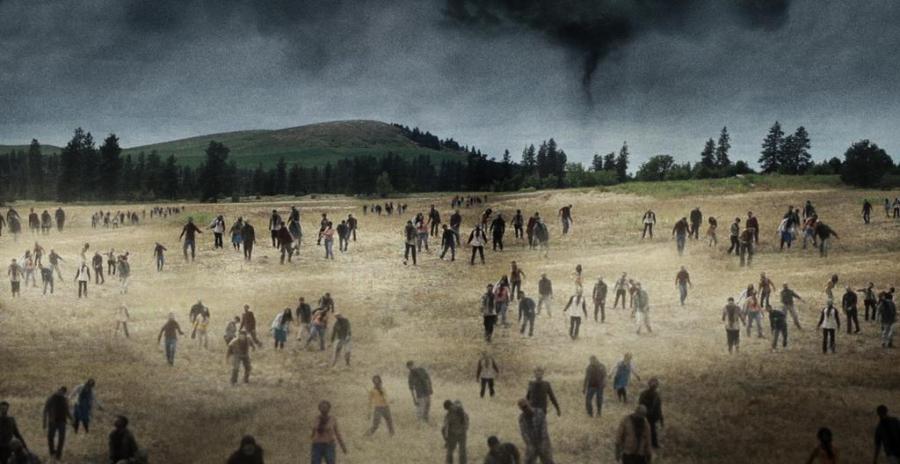Climate change is here, it’s real, and it won’t be easy for humans to deal with. But few things are all good or all bad, and so it may be for climate change, at least with respect to environmental science and management.
A vast literature has accumulated in the past two or three decades in geosciences, environmental sciences, and ecology acknowledging the pervasive—and to some extent irreducible—roles of uncertainty and contingency. This does not make prediction impossible or unfeasible, but does change the context of prediction. We are obliged to not only acknowledge uncertainty, but also to frame prediction in terms of ranges or envelopes of probabilities and possibilities rather than single predicted outcomes. Think of hurricane track forecasts, which acknowledge a range of possible pathways, and that the uncertainty increases into the future.

Forecast track for Hurricane Lili, September 30, 2002. The range of possible tracks and the increasing uncertainty over time are clear. Source: National Hurricane Center.




